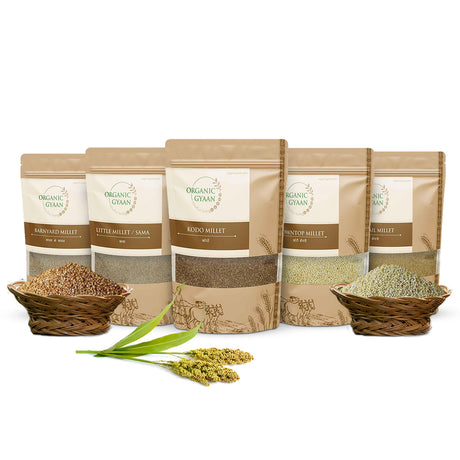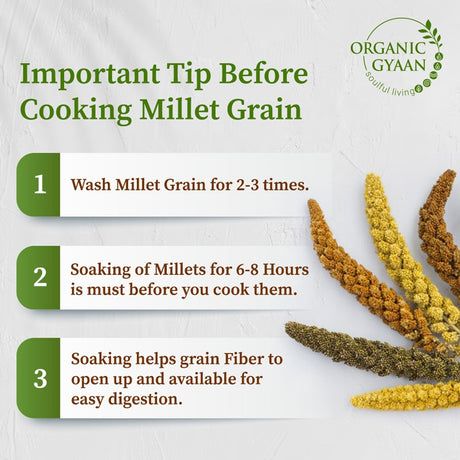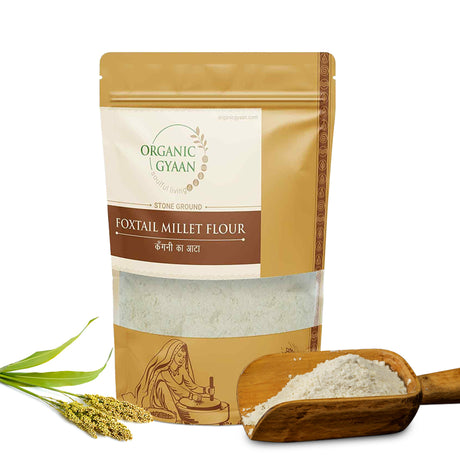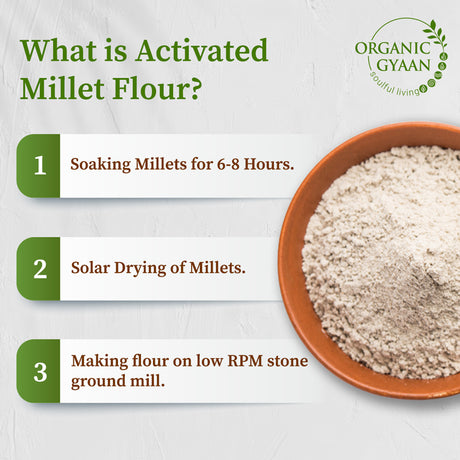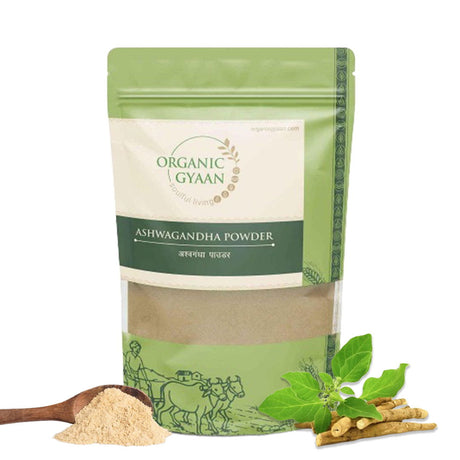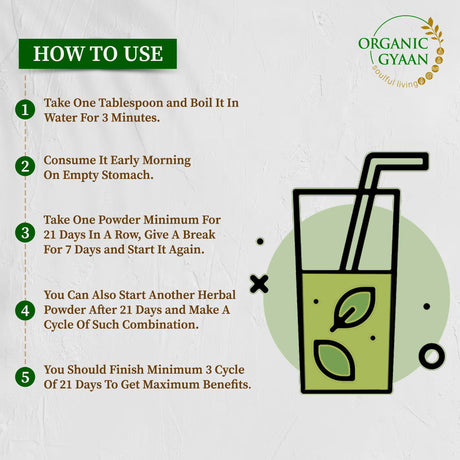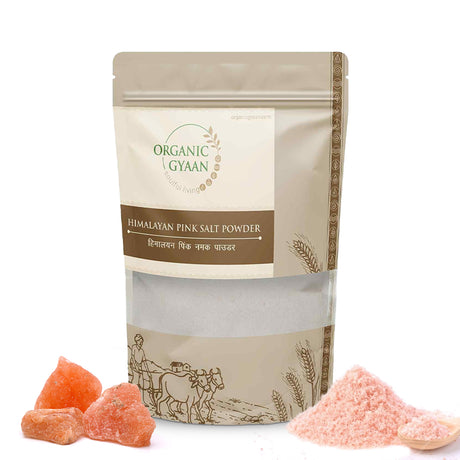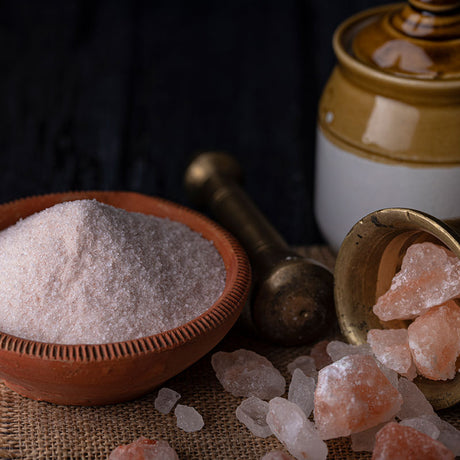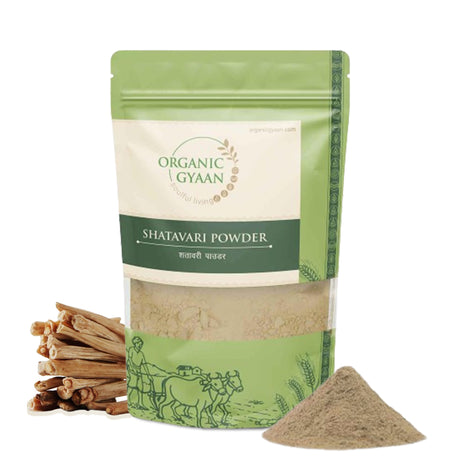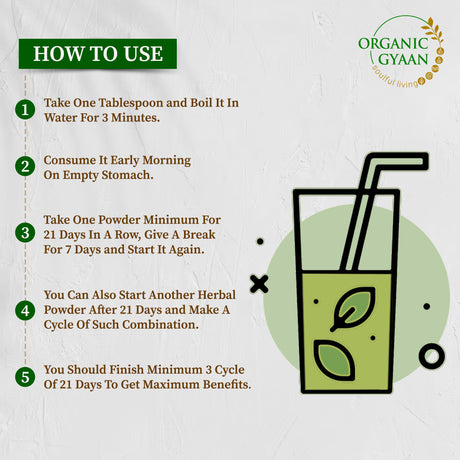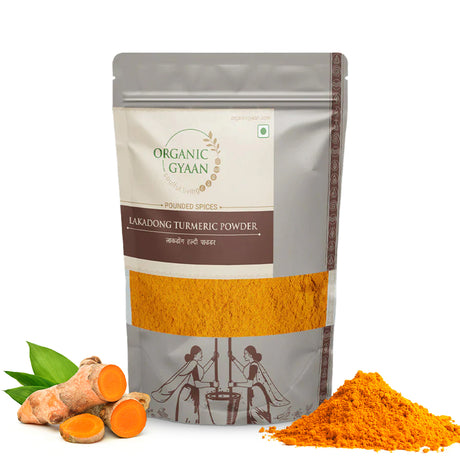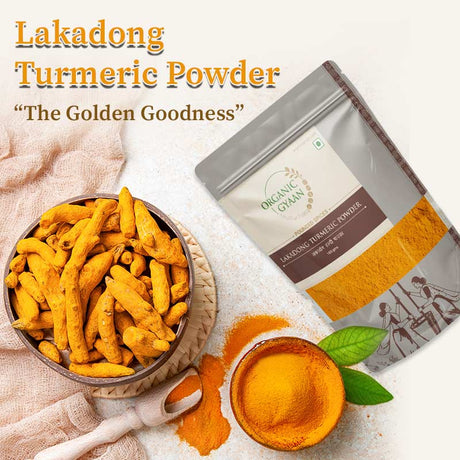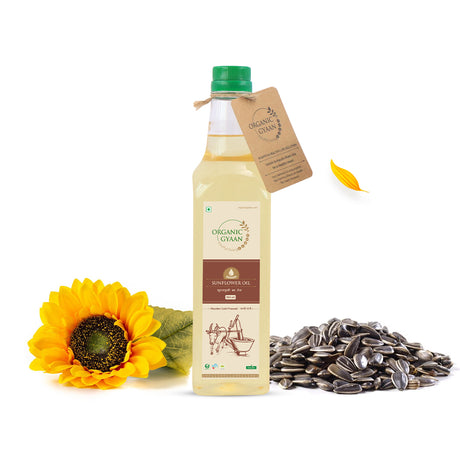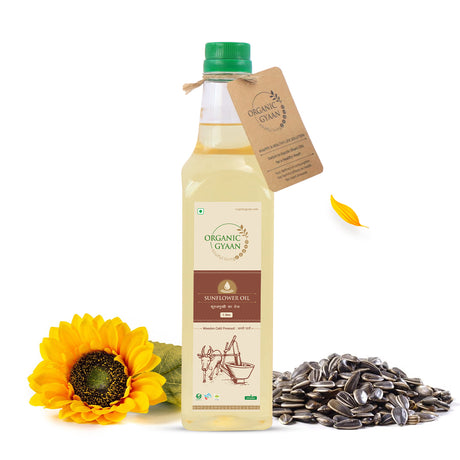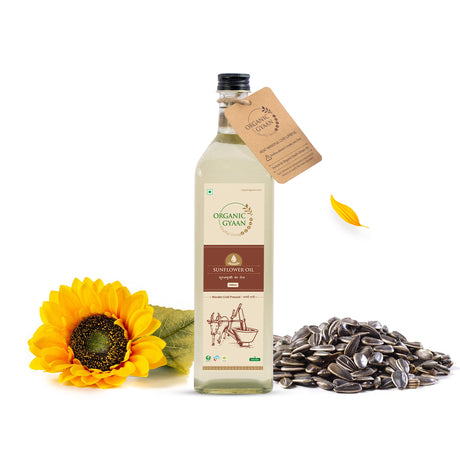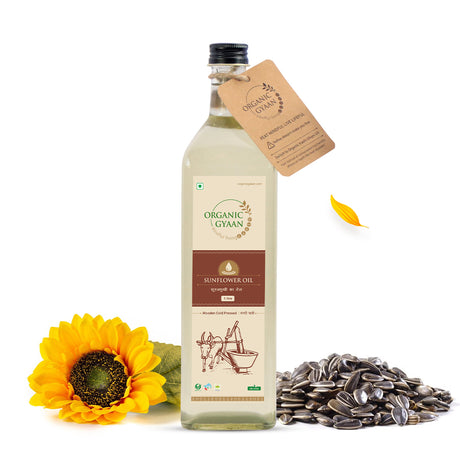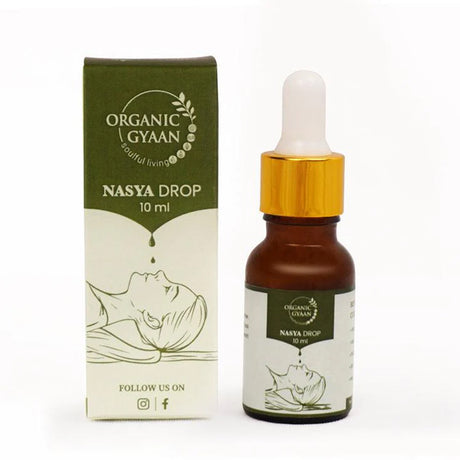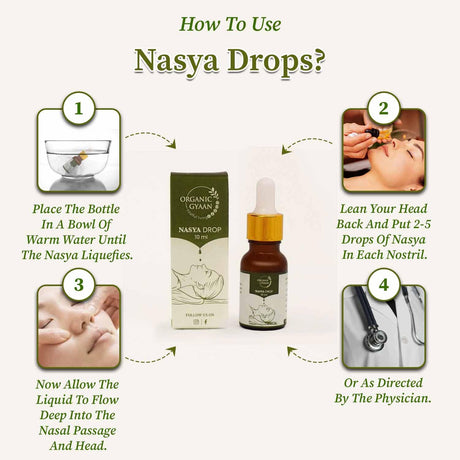In every kitchen, particularly in Indian households, dal is a staple ingredient that is both versatile and nutritious. Dals, or lentils, are a primary source of protein, especially in vegetarian diets. They can be cooked in various ways, catering to an array of dishes from hearty soups to rich gravies. Understanding the different types of dal is crucial for anyone looking to dive deep into cooking or just wanting to expand their culinary repertoire. In this blog, we will explore the essential varieties of dal every kitchen should have.
Names of Different Types of Dals:
|
English Name |
Hindi Name |
|
Black Chana |
Kala Chana |
|
Pigeon Pea (Split) |
Tuar/Arhar Dal |
|
Green Gram / Mung Whole |
Sabut Moong |
|
Yellow Moong Dal (Split) |
Moong Dal |
|
Chickpea (White) |
Kabuli Chana |
|
Bengal Gram |
Chana Dal |
|
Mixed Dal |
Mix Dal |
|
Kidney Beans |
Rajma Chitra |
|
Moth Whole |
Moth |
|
Green Moong Dal (Split) |
Chilka Moong Dal |
|
Black Eye Cowpea |
Chawli |
|
Black Gram (Whole) |
Sabut Urad Dal |
|
Red Kidney Beans |
Lal Rajma |
|
Red Lentils |
Masoor Dal |
|
Green Peas |
Hari Matar |
|
Split Black Gram |
Urad Dal Black |
|
Split White Gram |
Urad Dal White |
1. Black Chana (Kala Chana):
Black Chana, also known as Kala Chana, are small, dark brown chickpeas with a hearty texture and a nutty flavor. They are a rich source of protein, dietary fiber, vitamins, and minerals such as iron, magnesium, and potassium.

Consuming Black Chana can help in managing weight, improving digestion, and reducing the risk of chronic diseases such as diabetes and heart conditions. They are also beneficial for boosting energy levels due to their high iron content, making them a great dietary addition for those with anemia.
2. Tuar/Arhar Dal (Pigeon Pea, Split):
Tuar or Arhar Dal, commonly known as pigeon peas, is a staple in Indian cuisine. It is a yellow-colored dal with a mild, nutty flavor. This type of lentil is particularly rich in protein, carbohydrates, and dietary fiber, making it an excellent energy source.

It also contains essential vitamins and minerals such as potassium, phosphorus, and magnesium. Regular consumption of Tuar Dal can aid in digestion, help manage blood sugar levels, and contribute to heart health due to its low cholesterol content.
3. Green Gram / Moong Whole (Sabut Moong):
Green Gram, also known as Moong Whole or Sabut Moong, are small, green beans that are packed with nutrients. They are high in protein, fiber, and antioxidants, which can help protect the body against free radicals. Moong Whole is also rich in vitamins and minerals such as vitamin B6, folate, magnesium, and zinc.

These nutrients contribute to heart health, help in managing blood pressure, and support the immune system. Additionally, their high fiber content can promote digestive health and aid in weight management.
4. Yellow Moong Dal Split (Moong Dal):
Yellow Moong Dal is the split and hulled version of whole green moong beans. It is easily digestible and cooks quickly, making it a popular choice in Indian cooking for soups and dals.
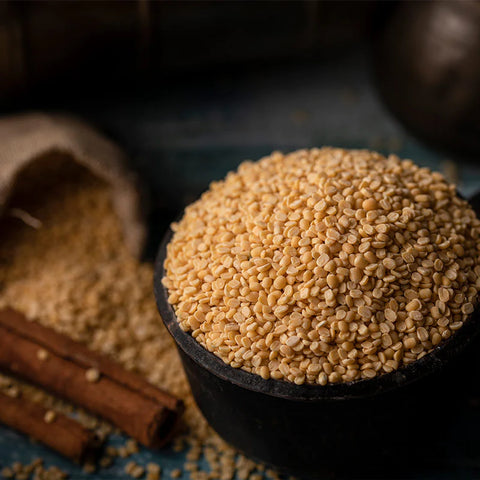
This dal is high in protein and fiber, low in fat, and contains vitamins such as B vitamins and minerals like potassium and iron. It is particularly beneficial for those looking to manage their weight and blood sugar levels. Moreover, its high nutrient content supports healthy skin and immune function.
5. Kabuli Chana (Chickpea, White):
Kabuli Chana, also known as white chickpeas or garbanzo beans, are large, beige beans known for their use in a variety of dishes like hummus and chole. They are an excellent source of protein, dietary fiber, and carbohydrates.

Additionally, Kabuli Chana is rich in vitamins and minerals, including iron, magnesium, and folate. Regular consumption can help in improving digestion, aiding weight management, and reducing the risk of several chronic diseases due to their antioxidant properties.
6. Bengal Gram / Chana Dal:
Bengal Gram, or Chana Dal, is the split and hulled version of black chickpeas. It has a sweet and nutty flavor and is used in various Indian dishes.

This dal is rich in protein, fiber, and low in glycemic index, making it beneficial for blood sugar control. It also contains vital vitamins and minerals such as iron, folate, and magnesium, which contribute to overall health and well-being, including heart health and digestion.
7. Mix Dal:
Mix Dal is a combination of various dals, offering a blend of different textures, flavors, and nutritional benefits.

This mixture typically includes lentils like toor dal, moong dal, chana dal, and urad dal, providing a comprehensive nutrient profile. Consuming Mix Dal can supply the body with a range of proteins, fibers, vitamins, and minerals, supporting various body functions such as immune response, digestive health, and energy levels.
8. Kidney Beans / Rajma Chitra:
Kidney Beans, or Rajma, are large, kidney-shaped beans with a strong, nutty flavor, commonly used in North Indian cuisine. They are an excellent source of plant-based protein, dietary fiber, and complex carbohydrates.

Additionally, they contain important vitamins and minerals such as iron, potassium, and folate. Regular intake of Kidney Beans can aid in maintaining healthy cholesterol levels, supporting heart health, and contributing to weight management.
9. Moth Whole:
Moth Whole, also known as Matki, are small, brown beans known for their rich earthy flavor. They are a popular ingredient in North Indian cuisine and are highly nutritious, being rich in protein, dietary fiber, and complex carbohydrates.
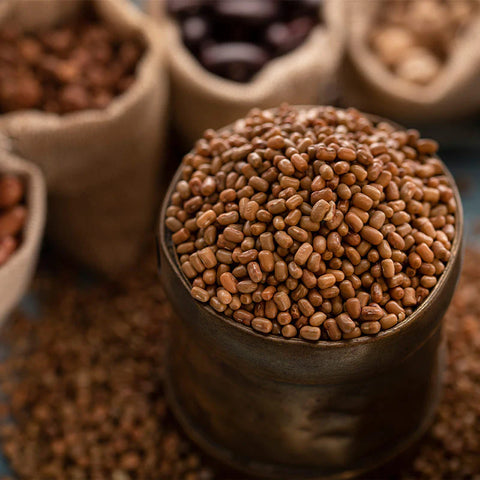
They also contain essential vitamins and minerals such as potassium, magnesium, and phosphorus. Regular consumption of Moth Whole can help improve digestion, support weight management, and regulate blood sugar levels. Additionally, their high protein content makes them a great dietary choice for vegetarians and vegans looking to boost their protein intake.
10. Green Moong Dal Split (Chilka Moong Dal):
Green Moong Dal Split, also known as Chilka Moong Dal, is the split version of the whole green gram, retaining part of the green husk. It's slightly more delicate than its whole counterpart and has a mild flavor.
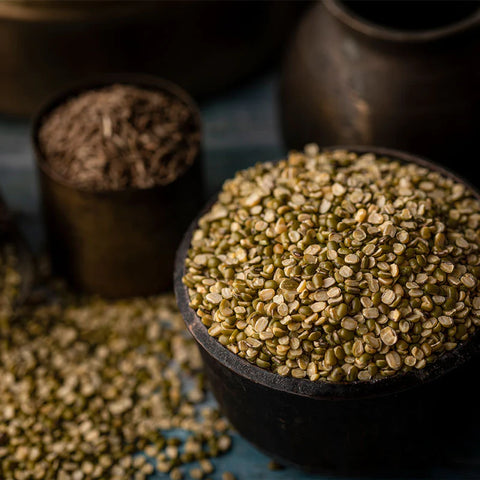
This dal is rich in protein, dietary fiber, and low in fat, making it a healthy choice for individuals looking to maintain or lose weight. It also contains vitamins like B vitamins and minerals such as potassium and magnesium, which contribute to overall health by improving heart health, supporting digestive health, and aiding in blood sugar control.
11. Chawli / Black Eye Cowpea:
Chawli, or Black Eye Cowpea, are medium-sized, cream-colored beans with a distinctive black spot or 'eye.' They are versatile in culinary uses and are rich in protein, fiber, and iron.
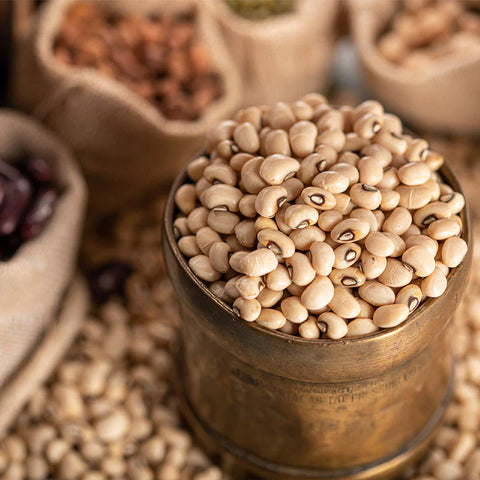
These beans are also a good source of folate, potassium, and other essential nutrients, contributing to heart health, supporting weight management, and promoting digestive well-being. Additionally, the high protein and low-fat content make Black Eye Cowpeas an excellent food choice for individuals looking to enhance their diet quality.
12. Urad Black Whole / Black Gram:
Urad Black Whole, or whole black gram, is a type of black lentil that is highly prized in Indian cooking for its rich protein and iron content. It's also rich in fiber, potassium, and B vitamins, which contribute to cardiovascular health, digestive health, and energy levels.
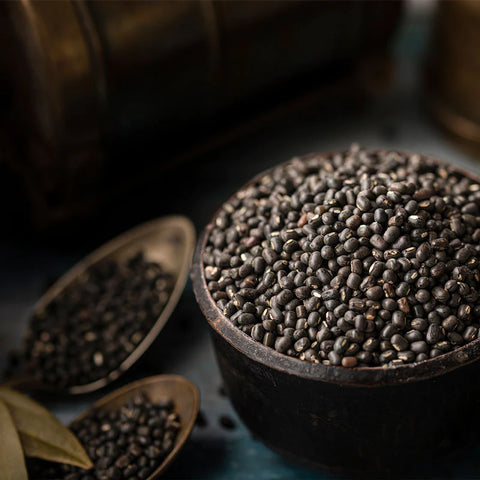
Urad Black Whole is often used in traditional Indian dishes like dal makhani and is also used for making idli and dosa batter, providing a creamy texture and unique flavor.
13. Red Kidney Beans / Red Rajma:
Red Kidney Beans, or Red Rajma, are similar to their Rajma Chitra counterparts but are red in color and known for their rich, robust flavor.
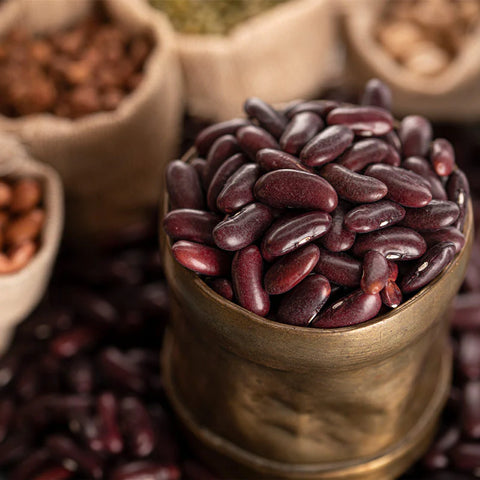
They are an excellent source of plant-based protein, fiber, and complex carbohydrates, making them an ideal food choice for maintaining healthy blood sugar levels and aiding in weight management. Additionally, Red Kidney Beans are rich in iron, potassium, and magnesium, which support heart health and increase energy levels.
14. Masoor Whole (Red Lentils):
Masoor Whole, or whole red lentils, are small, orange-red lentils known for their sweet, nutty flavor and quick cooking time.
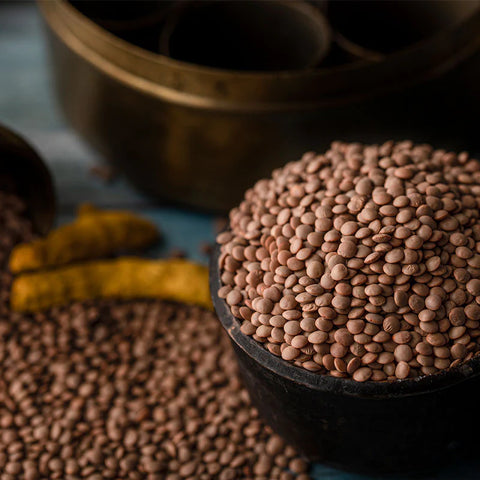
They are a great source of protein, fiber, and iron, contributing to a balanced diet, especially for vegetarians and vegans. Masoor Whole is also rich in vitamins and minerals such as folate and magnesium, which support heart health, aid in digestion, and help prevent anemia.
15. Green Peas:
Although not traditionally considered a dal, Green Peas are commonly used in many of the same dishes for added texture and sweetness.

They are high in protein, fiber, and vitamins such as C and K, and contain minerals such as iron and manganese. Green Peas can improve digestive health, support weight management, and contribute to a healthy heart due to their low-fat content and high nutrient density.
16. Urad Dal Black / Split Black Gram:
Urad Dal Black, the split and hulled version of whole urad dal, is used extensively in Indian cooking. It is rich in protein, fiber, and vitamins like B vitamins, which are crucial for energy metabolism and nervous system health.

This dal is also low in fat and calories, making it a healthy choice for individuals watching their weight or managing diabetes. Additionally, Urad Dal Black aids in digestion and is often used to make fermented foods, which can improve gut health.
17. Urad Dal White Split:
This is the split and hulled version of Urad Dal, known for its white color after losing its black skin. It is widely used in Indian cooking, particularly for making dals and to ferment batters for idli or dosa.

Like its black counterpart, Urad Dal White Split is rich in protein, dietary fiber, and B vitamins. It supports digestive health, boosts energy, and is beneficial for skin and hair due to its high nutrient content.
Conclusion
In conclusion, exploring the different types of dal is not just an adventure in culinary diversity but also a step toward a healthier, more balanced diet. From the protein-packed chickpeas to the delicate flavors of masoor dal, each variety offers unique benefits and flavors that can enrich your meals. Including these essential varieties of dal in your kitchen ensures that you have a versatile ingredient ready for any dish, whether you’re whipping up a traditional Indian feast or just looking for a nutritious addition to your meals. Remember, the key to enjoying these dals is to experiment with different recipes and find the ones that best suit your taste. So, don't hesitate to start incorporating these types of dal into your cooking repertoire. For more insights and recipes, keep following our blog. And don't forget to share your favorite dal dishes with us. We’d love to hear from you!


